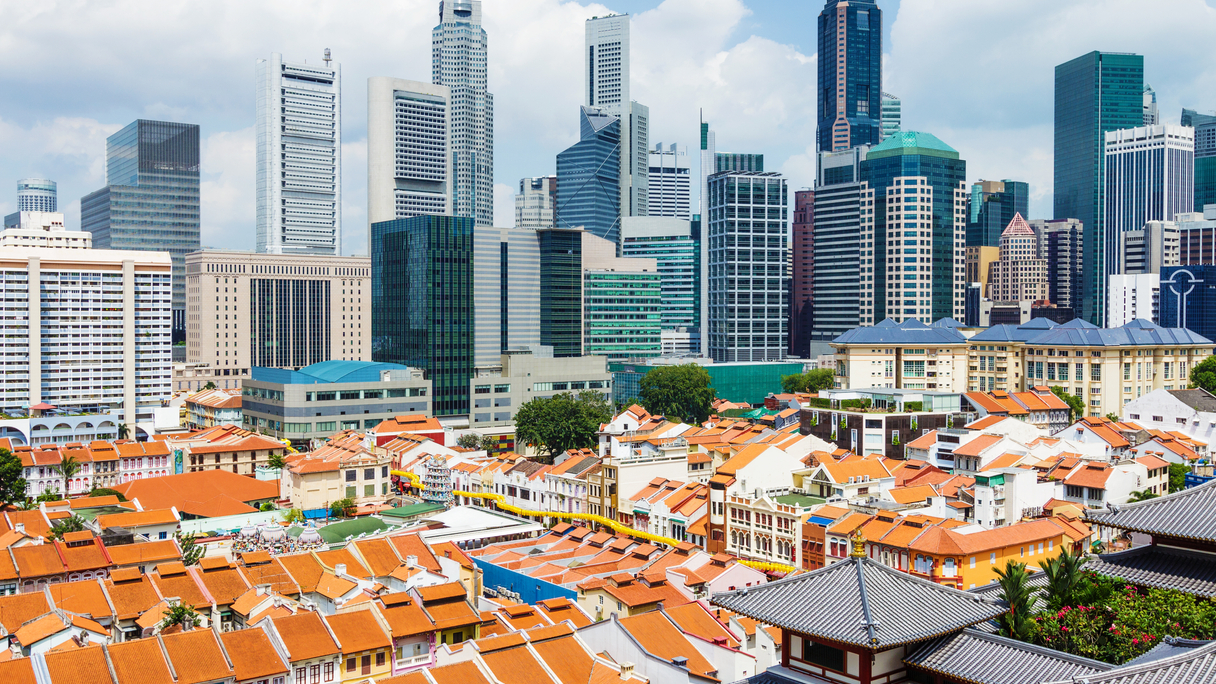In Asia Pacific (Apac), investment in commercial real estate is expected to pick up in the second half of this year, while high net worth and institutional buyers will become more active once there is greater clarity around future interest rate movements in the second half of this year, predicted a CBRE report in May.



